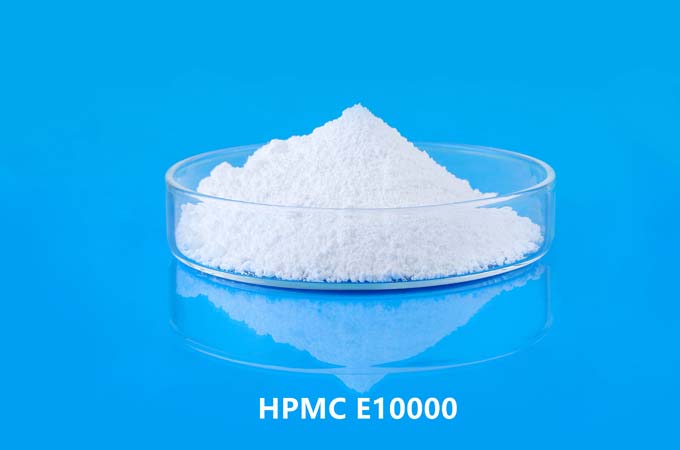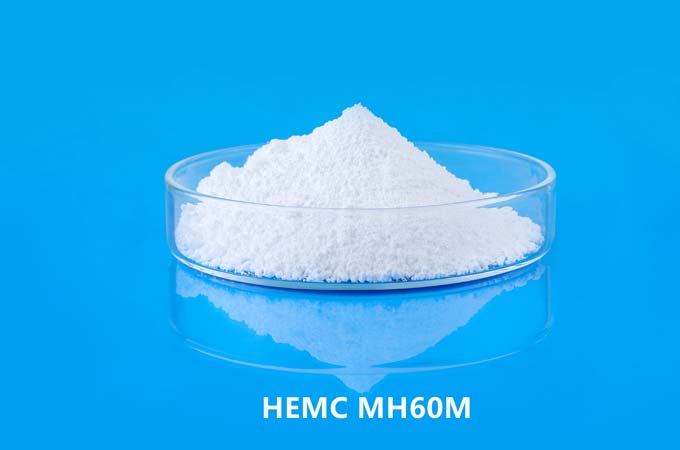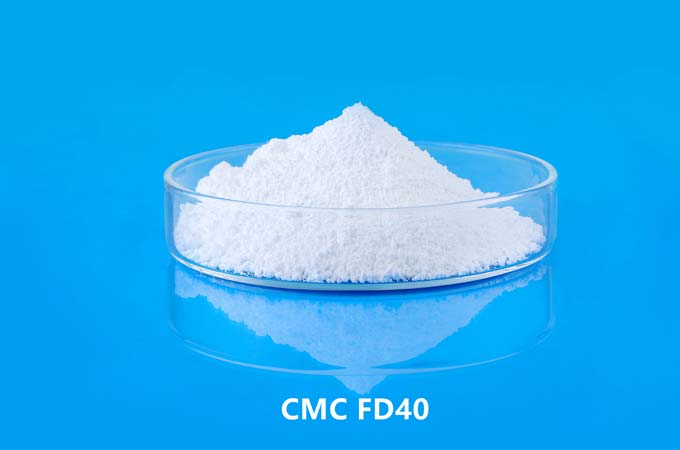Hydroxypropyl methylcellulose (HPMC) is a versatile polymer used in a variety of industries, including pharmaceuticals, construction, food, and cosmetics. Its manufacturing process involves multiple stages, including extraction, purification, modification and packaging.
Hydroxypropyl methylcellulose (HPMC) is a semi-synthetic polymer derived from cellulose. It is widely used in various industries due to its unique thickening, adhesive, film-forming, water-retaining and other properties. The manufacturing process of HPMC involves multiple steps designed to extract the cellulose, modify its properties, and produce the final product.
1. Raw material selection:
The manufacturing of HPMC begins with the selection of high-quality cellulose as the primary raw material.
Common sources of cellulose include wood pulp, cotton linters, and other plant fibers.
The quality and characteristics of the cellulose significantly affect the performance of the final HPMC product.
2. Cellulose extraction:
Extracting cellulose from raw materials involves a variety of mechanical and chemical processes.
Mechanical methods such as grinding and grinding break down raw materials into smaller particles.
Chemical treatments, including alkaline or acidic hydrolysis, help remove impurities and separate cellulosic fibers.
The extracted cellulose is then washed and purified to remove residual chemicals and impurities.
3. Etherification and modification:
Etherification is a key step in the HPMC manufacturing process, where hydroxypropyl and methyl groups are introduced into the cellulose backbone.
This modification process improves the solubility, viscosity and thermal stability of the polymer.
Etherification reactions typically involve the use of propylene oxide and methyl chloride under controlled conditions.
The degree of substitution (DS) of hydroxypropyl and methyl groups can be adjusted to tailor the properties of HPMC for specific applications.
4. Purification and filtration:
After etherification, crude HPMC is purified to remove unreacted reagents, by-products, and impurities.
Filtration processes such as centrifugation or membrane filtration help separate the purified HPMC solution from solid residues.
Purification ensures the consistency and quality of the final product, meeting industry standards and regulatory requirements.
5. Drying and granulation:
Purified HPMC solutions are usually concentrated and dried to remove excess water and obtain the desired moisture content.
Drying methods may include spray drying, fluidized bed drying or vacuum drying, depending on the desired particle size and properties.
After drying, a granulation process can be performed to produce uniform HPMC granules suitable for various applications.
6. Quality control and testing:
Quality control measures are implemented throughout the HPMC manufacturing process to ensure product consistency and compliance with specifications.
The test program includes viscosity measurement, particle size analysis, moisture content determination and chemical composition analysis.
Strict quality assurance procedures help maintain product integrity and meet customer requirements.
7. Packaging and storage:
The final HPMC product is packaged in suitable containers or bags to protect it from moisture, light and contamination.
Proper labeling of product information, batch numbers and expiration dates facilitates traceability and regulatory compliance.
Proper storage conditions, such as controlling temperature and humidity, can extend shelf life and maintain the quality of HPMC products.
8. Application of HPMC:
Medicine: HPMC is widely used in tablet coating, controlled release preparations, suspensions and ophthalmic preparations.
Construction: HPMC is a key additive in cement-based products, mortars, plasters and tile adhesives to improve workability, adhesion and water retention.
Food and Beverages: HPMC acts as a thickener, stabilizer and emulsifier in a variety of food products such as sauces, desserts and dairy alternatives.
Cosmetics: HPMC is used in skin, hair care and personal care products for its film-forming, moisturizing and texture-modifying properties.
Hydroxypropyl methylcellulose (HPMC) is a multifunctional polymer widely used in the pharmaceutical, construction, food and cosmetic industries. Its manufacturing process involves multiple key steps including cellulose extraction, etherification, purification and drying. Quality control measures ensure product consistency and compliance with industry standards. Understanding the HPMC manufacturing process is critical to optimizing product quality and meeting the diverse application needs of various industries.
 English
English 日本語
日本語 français
français Deutsch
Deutsch Español
Español italiano
italiano русский
русский português
português العربية
العربية Türkçe
Türkçe Nederland
Nederland



